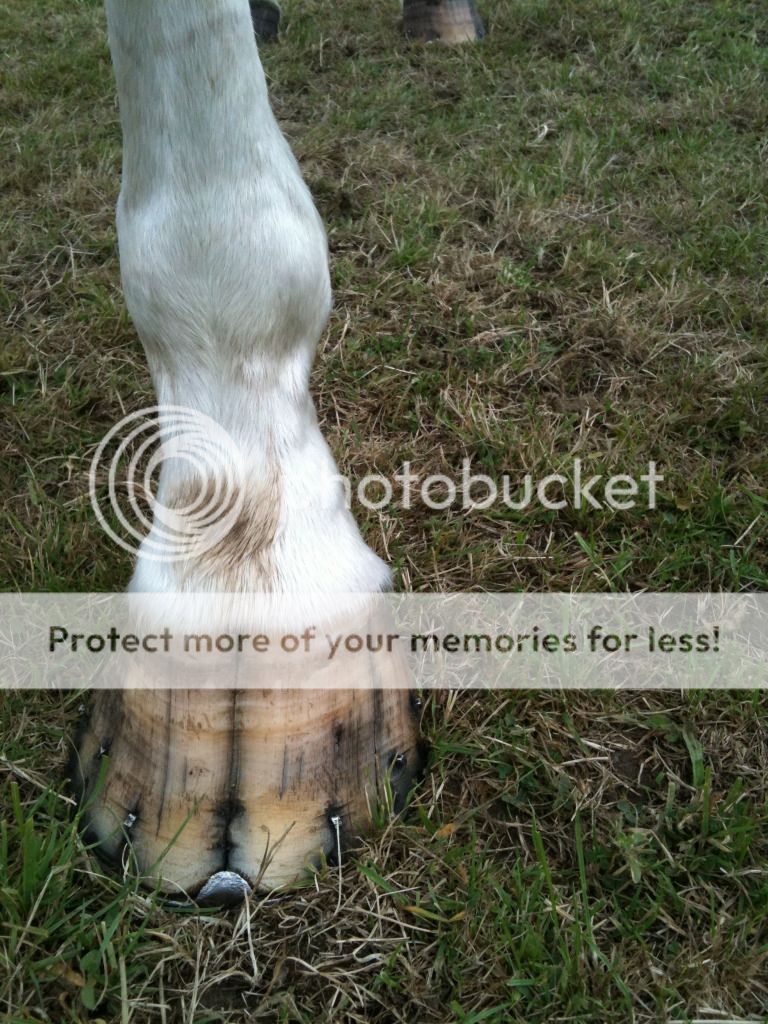Amy567
Well-Known Member
It follows on from another thread about a horse being intermitently lame, and someone suggested barefoot, and having read Rockley Farm's website etc, it seems that it works for some horses. The horse I have in mind is a 15.2hh TB mare with a sandcrack in one of her hooves that goes all the way up to her coronet so it's forever there, however it's been dealt with and hasn't reached the bottom of her hoof, and hopefully never will  She has front shoes with Quater clips due to this sandcrack, and wondered if barefoot would be a big nono for her, due to this sndcrack. She was off for a year with lameness and thought that it could be an option if she ever becomes lame again (she's sound now, and has been for a year
She has front shoes with Quater clips due to this sandcrack, and wondered if barefoot would be a big nono for her, due to this sndcrack. She was off for a year with lameness and thought that it could be an option if she ever becomes lame again (she's sound now, and has been for a year  )
)


